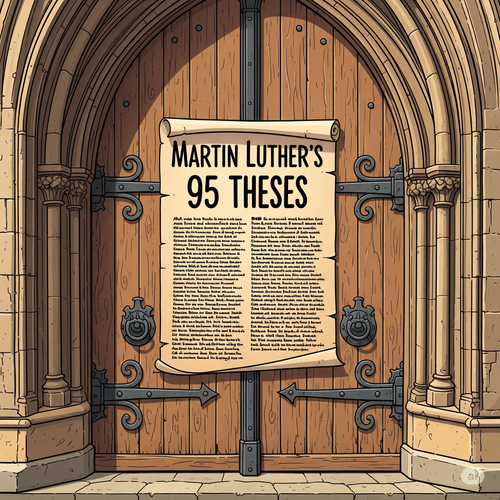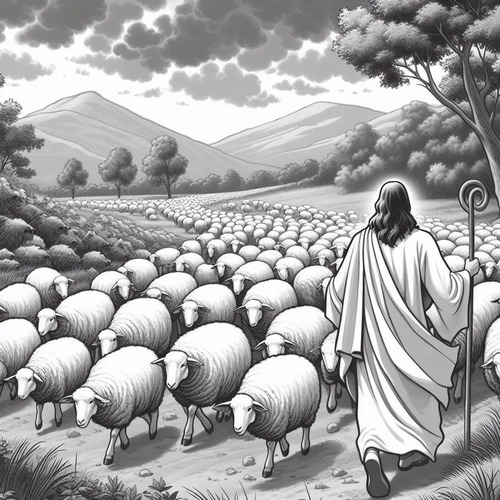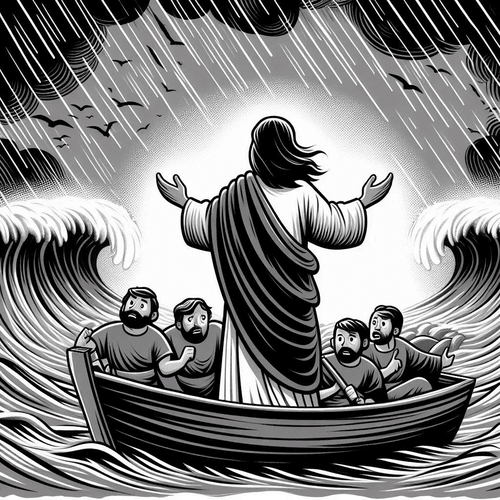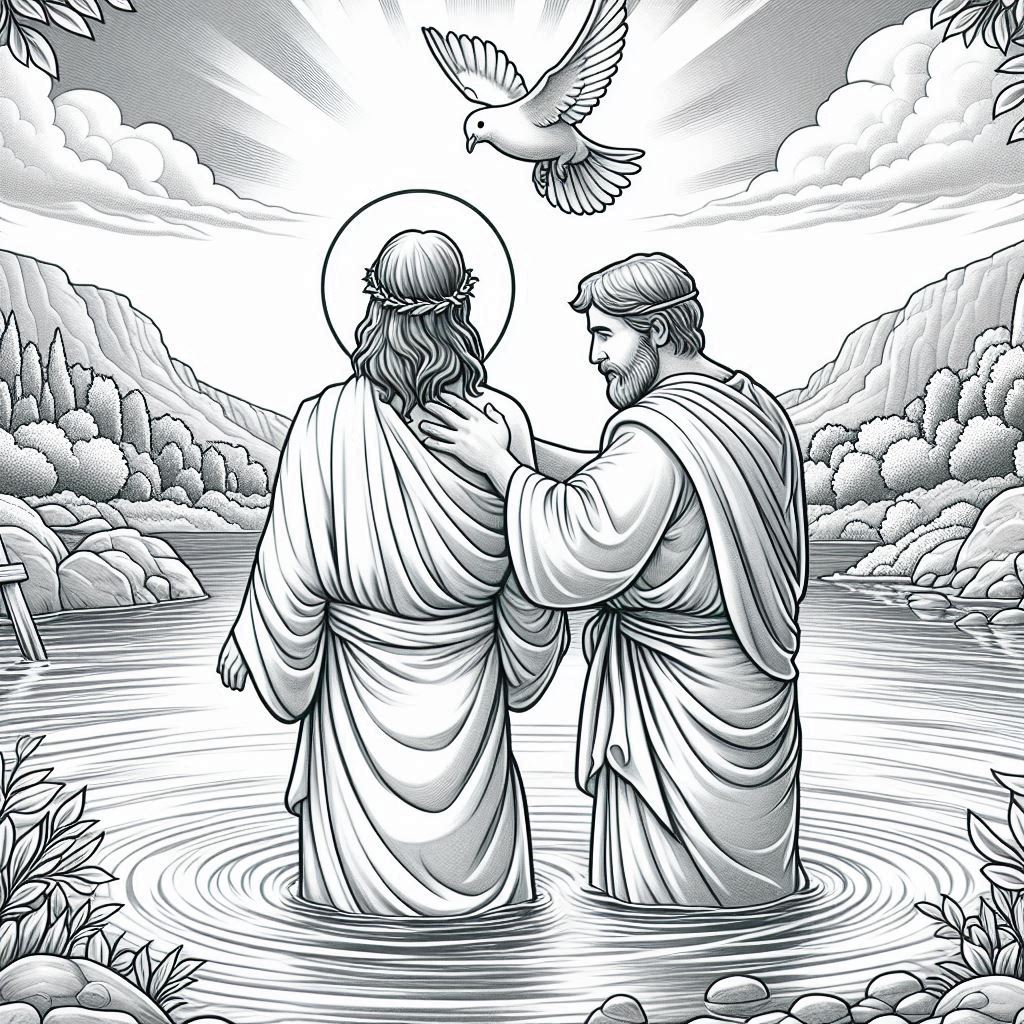Luther’s 95 Theses: What They Said and Why They Matter
On October 31, 1517, a German monk named Martin Luther posted 95 academic propositions on the door of Wittenberg’s Castle Church. It was a routine scholarly practice—professors regularly posted debate topics this way. But these particular theses would split Christianity in two and reshape the Western world forever.
What made Luther’s document so explosive? And how did a monk’s academic questions become the spark that ignited the Protestant Reformation?
THE TORMENTED MONK WHO STARTED A REVOLUTION
Martin Luther wasn’t born a revolutionary. Born in 1483 to a mining family, he entered an Augustinian monastery after a terrifying lightning storm convinced him God was calling him to religious life. But monastery walls couldn’t quiet Luther’s spiritual turmoil.
Luther was haunted by an overwhelming sense of his own sinfulness before a holy God. He confessed sins for hours, fasted until he nearly fainted, and performed every religious duty with desperate intensity. Nothing brought peace. “I did not love, yes, I hated the righteous God who punishes sinners,” he later wrote.
The breakthrough came during his study of Romans 1:17: “The righteous shall live by faith.” Suddenly Luther understood—righteousness wasn’t something he had to earn through religious works, but something God freely gave through faith in Christ. This “tower experience” revolutionised Luther’s understanding of salvation and set the stage for everything that followed.
But it was Johann Tetzel’s indulgence campaign that pushed Luther to act. Tetzel, a Dominican friar, was selling papal indulgences near Wittenberg with the catchy slogan: “As soon as the coin in the coffer rings, the soul from purgatory springs!” Luther watched his parishioners spend their grocery money on what he believed were false promises of salvation.
As their pastor, Luther couldn’t stay silent.
WHAT LUTHER’S 95 THESES ACTUALLY SAID
Luther wrote his theses in Latin for academic debate, but their message was clear: the church’s indulgence system was both unbiblical and harmful to souls.
The True Nature of Repentance Luther opened with his foundational argument: “When our Lord and Master Jesus Christ said ‘Repent,’ he willed the entire life of believers to be one of repentance” (Thesis 1). Real repentance, Luther argued, wasn’t a one-time transaction you could purchase—it was a lifelong heart transformation.
This directly challenged indulgences, which promised to reduce or eliminate punishment for sin in exchange for payment. Luther pointed to Scripture: “Godly sorrow brings repentance that leads to salvation” (2 Corinthians 7:10). True repentance came from a broken heart, not a lightened purse.
Limits of Papal Authority Luther questioned whether the Pope actually had power over purgatory at all. “The Pope has no power to remit guilt, but only to declare and confirm it has been remitted by God” (Thesis 5). If the Pope could truly release souls from purgatory, Luther asked in Thesis 82, “Why does not the Pope empty purgatory for the sake of holy love and the dire need of the souls that are there?”
This wasn’t just theological nitpicking—it struck at the heart of papal claims to supernatural authority. Luther was essentially asking: Where does Scripture say the Pope has this power?
The Commercialisation of Grace Luther was outraged by the mixing of money and salvation. “It is certain that when money clinks in the money chest, greed and avarice can be increased, but when the church intercedes, the result is in the hands of God alone” (Thesis 28).
He pointed to Jesus cleansing the temple (Matthew 21:12-13) and Peter’s rebuke of Simon the Sorcerer who tried to buy spiritual power (Acts 8:20). The Gospel, Luther insisted, wasn’t for sale.
In Thesis 43, he made a devastating practical point: “Christians are to be taught that he who gives to the poor or lends to the needy does a better deed than he who buys indulgences.” If people had extra money, shouldn’t they help actual suffering people rather than purchase spiritual benefits?
The True Treasure of the Church Luther’s most radical claim came in Thesis 62: “The true treasure of the church is the most sacred Gospel of the glory and grace of God.” Not papal merits stored up for distribution, not the accumulated good works of saints—but the simple Gospel message itself.
This Gospel treasure, Luther argued, made everyone rich who encountered it (referencing 2 Corinthians 4:7 and Ephesians 2:8-9). Why would anyone need to purchase what God freely offered through Christ?
THE FIRESTORM BEGINS
Luther expected academic debate. Instead, he got a revolution.
Within weeks, the theses were translated into German and spread across Europe via the printing press. Common people who couldn’t afford indulgences felt vindicated. Fellow scholars rallied to Luther’s cause. Church authorities panicked.
Pope Leo X initially dismissed Luther as “a mere squabble among monks.” That changed quickly. Cardinal Cajetan confronted Luther in 1518, demanding he recant. Luther refused. At the Leipzig Debate in 1519, Luther went further, questioning not just indulgences but papal supremacy itself.
By 1520, Luther was writing treatises that challenged the entire medieval church system. The Pope issued a bull threatening excommunication if Luther didn’t recant within 60 days. Luther publicly burned it.
THE POINT OF NO RETURN
At the Diet of Worms—a council meeting of the Roman Empire—in 1521, Luther faced the Holy Roman Emperor and demanded to show where Scripture contradicted his teachings. When he couldn’t be refuted biblically, Luther made his famous declaration: “Here I stand. I can do no other. God help me.”
The Emperor declared Luther an outlaw. Church authorities excommunicated him. Luther spent nearly a year in hiding at Wartburg Castle, where he translated the New Testament into German so common people could read Scripture for themselves.
But the Reformation couldn’t be stopped. Other reformers like Huldrych Zwingli in Switzerland and John Calvin in Geneva built on Luther’s foundation. Protestant churches formed across northern Europe. The Catholic Church responded with the Counter-Reformation, clarifying its own doctrines at the Council of Trent.
Religious wars erupted across Europe. The Peace of Augsburg in 1555 finally established the principle that rulers could choose their territories’ religion—Catholic or Lutheran.
THE THEOLOGICAL REVOLUTION
Luther’s 95 Theses didn’t just criticise indulgences—they unleashed principles that reshaped Christianity:
- Justification by Faith Alone: Salvation comes through faith in Christ, not religious works or payments. “For it is by grace you have been saved, through faith—and this is not from yourselves, it is the gift of God—not by works, so that no one can boast” (Ephesians 2:8-9).
- Scripture Alone: The Bible, not church tradition or papal decrees, is the ultimate authority for faith and practice. Luther’s translation work put Scripture directly into believers’ hands.
- Priesthood of All Believers: Every Christian has direct access to God through Christ, without need for priestly mediation. This democratized faith and elevated the spiritual significance of ordinary vocations.
These principles echo through Protestant denominations today, from Lutheran and Reformed churches to Baptists and Pentecostals.
WHY LUTHER’S 95 THESES STILL MATTER
The 95 Theses raise questions that remain relevant 500 years later:
Can religious institutions become corrupted by power and wealth? How do we balance institutional authority with individual conscience? What’s the proper relationship between faith and works?
Even the Catholic Church has acknowledged some of Luther’s concerns. The 1999 Joint Declaration on Justification between Lutheran and Catholic churches found substantial agreement on salvation by grace through faith. Pope Francis’s 2016 visit to Sweden for Reformation commemorations showed how far ecumenical dialogue has progressed.
Luther’s courage to question authority based on Scripture continues to inspire reform movements worldwide. His insistence that the Gospel is free, not for sale, speaks to any context where spiritual benefits are commercialised.
CONCLUSION: GOD’S SOVEREIGN PURPOSE THROUGH HUMAN STRUGGLE
The story of Luther’s 95 Theses reveals something profound about how God works in history. He didn’t choose a polished church politician or smooth theological diplomat to launch the Reformation. Instead, He used a tormented monk whose raw spiritual struggles drove him to Scripture with desperate intensity.
Luther’s very weaknesses became the instruments of God’s purpose. His crushing sense of guilt led him to discover the Gospel of grace. His pastoral heart for simple parishioners being deceived by indulgence sellers gave him courage to confront the most powerful institution in Europe. His academic training provided the tools to articulate biblical truth clearly.
God took Luther’s modest academic exercise—95 theses posted for university debate—and used it to recover Gospel truths that had been buried under centuries of religious tradition. What began as one monk’s questions about church fundraising became the foundation for movements that would circle the globe.
This is how God often works: through broken vessels, humble beginnings, and ordinary moments that become extraordinary by His Spirit’s power. Luther’s story reminds us God can use anyone willing to speak His truth with courage—even when their hands shake and their hearts tremble with the sheer weight of what they’re called to do.
LUTHER’S 95 THESES: RELATED FAQs
Did Luther actually nail the 95 Theses to the church door, or is that just a legend? Most historians now doubt the dramatic “hammer and nails” story popularised later. Luther’s secretary Melanchthon, who wasn’t present in 1517, first mentioned the nailing in 1546. Contemporary evidence suggests Luther more likely had the theses posted by university staff as part of normal academic procedure, or possibly sent them only to church authorities initially before they were distributed by others.
- How do contemporary Reformed scholars view Luther’s 95 Theses today? Modern Reformed theologians RC Sproul and John MacArthur praise Luther’s courage while noting the theses represent early-stage reformation thinking rather than fully developed Protestant theology. They appreciate Luther’s challenge to papal authority and indulgence abuse but point out Luther still affirmed purgatory and papal legitimacy in 1517. Scholars like Carl Trueman emphasise the theses were more about reforming Catholic practice than establishing Protestant doctrine.
- Were there theological errors in Luther’s 95 Theses that he later corrected? Yes, several. Luther still accepted the existence of purgatory in 1517, though he questioned papal power over it (Theses 8-29). He also maintained respect for papal authority while limiting its scope, positions he would completely abandon by 1520. Reformed scholars note Luther’s understanding of justification by faith alone wasn’t yet fully crystallised in the theses—this doctrine would develop more clearly in his later writings.
Why didn’t Luther write the 95 Theses in German if he wanted to reach common people? Luther wrote in Latin because the theses were intended for academic debate among university scholars, not popular consumption. The explosive spread in German translation happened without Luther’s initial planning—enterprising printers translated and distributed them because of public demand. This uncontrolled distribution actually alarmed Luther initially, as he considered the theses rough propositions for scholarly discussion, not final theological statements.
- How did the 95 Theses influence other Protestant reformers like Calvin and Zwingli? While Zwingli began his reforms independently in Zurich around the same time, Luther’s theses provided crucial momentum for the broader Reformation movement. Calvin, writing a generation later, built heavily on Luther’s foundational principles of Scripture alone and justification by faith. Reformed scholars note Calvin’s Institutes represents a more systematic development of ideas Luther first challenged in 1517, particularly regarding church authority and the nature of salvation.
- What was the actual financial arrangement behind the indulgence sales that prompted Luther’s response? The indulgence campaign was essentially a papal fundraising scheme with complex financial arrangements. Half the proceeds funded the construction of St Peter’s Basilica in Rome, while the other half paid debts owed by Archbishop Albrecht of Mainz to the Fugger banking house for purchasing his archbishopric. Contemporary Reformed historian Timothy George emphasises how this reveals the systemic corruption Luther opposed—salvation was literally being sold to fund building projects and pay political debts.
How do modern Catholics respond to Luther’s 95 Theses? The Catholic Church has acknowledged legitimate concerns in Luther’s theses about indulgence abuse while maintaining disagreement on papal authority and purgatory. The 1999 Joint Declaration on Justification between Catholics and Lutherans found substantial agreement on salvation by grace, suggesting both traditions moved closer to each other over time. Contemporary Catholic scholars like Joseph Ratzinger (later Pope Benedict XVI) have praised Luther’s sincere desire for church reform while maintaining that his solutions went too far in rejecting legitimate church authority.
LUTHER’S 95 THESES: OUR RELATED POSTS
Editor's Pick
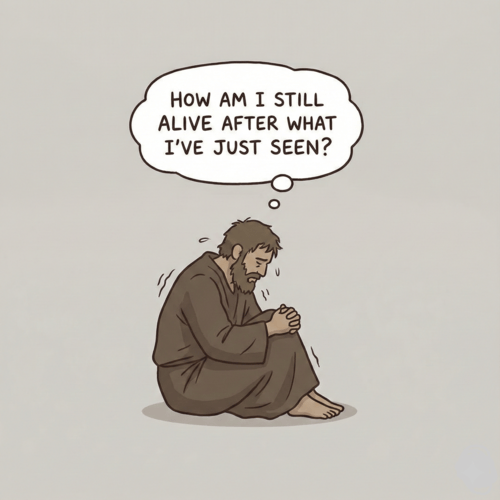
The Throne-Room Vision: Who Did Isaiah See?
The scene is unforgettable: Isaiah stands in the temple, and suddenly the veil between heaven and earth tears open. He [...]
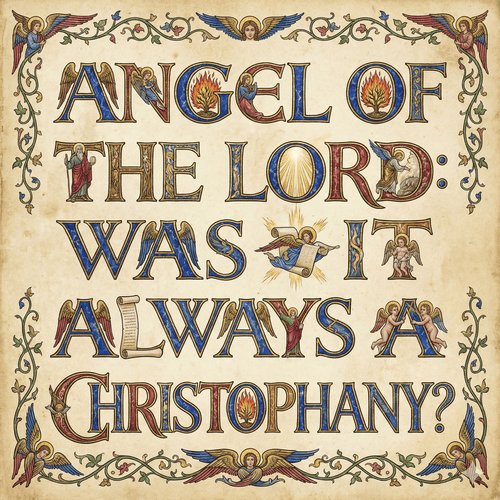
The Angel of the Lord: Can We Be Certain It Was Christ All Along?
Throughout the Old Testament, a mysterious figure appears: the Angel of the LORD. He speaks as God, bears God’s name, [...]
SUPPORT US:
Feel the Holy Spirit's gentle nudge to partner with us?
Donate Online:
Account Name: TRUTHS TO DIE FOR FOUNDATION
Account Number: 10243565459
Bank IFSC: IDFB0043391
Bank Name: IDFC FIRST BANK


